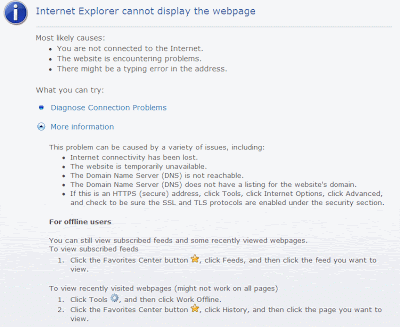
I've been to a small village near Sibiu, home of my parents in law, called Sarata. First major trip outside Bucharest by car, we managed to reach Sibiu, Ocna Sibiului, Sighisoara, Basna, Balea Lac, Paltinis and to travel the entire area back and forth.
We have become intimately familiar with dust and washing the car, but it was almost worth it, if it wasn't for the permanent noise (yes, I went there for the silence) and I got people (and their atomic children) shouting, screaming (and that without actually fighting, simply communicating), phones ringing (and I thought it was bad they didn't have a phone) and roosters making all kind of noises (man, I hate that rooster!). On top of everything, I've spent around two nights fighting the excessive warmth and another two fighting an intense case of indigestion.
But you won't be interested in that :) Anyway, let me review some of the touristic impressions I had.
Firstly, Sibiu. Because of the "European capital of culture" thing, Sibiu is now transformed. Not that it's not a city like any other, but it is now completely crowded by cars, parking spaces, tourists, etc.
The same impression I got from Sighisoara, where I was expecting a medieval town with cute little taverns and interesting castles, yet I found a city in reconstruction, filled with cafes and "Authentic Souvenir" shops filled with things of incredibly bad taste.
Ocna Sibiului is a small tourist place with salty and iodised waters. I'd expected a place full of old people coming to treat their illnesses, but I did not expect the level of mismanagement of the place. Imagine a few holes in the ground filled with naturally salty water, but not cleaned, with a few old wooden stairs that looked ready to crumble at every step. We had to pay to enter, the prices inside were huge and in order to find a place to change your clothes you had to find a bush somewhere. I had fun in the water, as I could leisurely fall asleep in a water that seemed to easily sustain people of ... lesser gravitational pull as myself.
Basna seemed nice, but we didn't stay long. An expensive hotel is placed there, with pools and everything, and then there are the mountains right there, ready to be hiked.
Balea Lac, just a short trip, even nicer place than Basna, but really commercialized, souvenirs and stuff. The hotel being just a normal mountain hotel.
Paltinis is just like Balea, but villas and hotels are sprouting there like mushrooms.
Some very nice villages and locations are found by travelling between the major place of tourism. We've found a 702 years old evangelic church in Valea Viilor, a small village near Copsa Mica, with an old woman greeting us with Guten Tag, and then by Buna Ziua, even if we were in Romania. The wife loved the architecture and I loved the cool air. Also a nice place was in Cisnadioara.
What was a little off putting was that we were guiding ourselves by a map made in 2000 and after reaching Valea Viilor, for example, we tried taking a road on the map and a villager said "Oh, that road? It isn't functional for more than 20 years now". Also, getting out from a temperature of
19C in one of
30C was not "cool", either, so we preferred watching the beauty of nature from inside the car. Not having to smell the nature was a plus for me, as well.
Sorry for a lack of pictures, but I don't have a camera :) I will remedy this for sure, but it's not a priority right now.
 Can you imagine 1922? It was 85 years ago. That means that almost certainly all the people that worked on this movie are now dead! But it is still a masterpiece of cinema. They did that with no previous inspiration. After you watch this, you can only ask yourself how come people have 85 years of example and they still screw movies up. So here it is: Nosferatu
Can you imagine 1922? It was 85 years ago. That means that almost certainly all the people that worked on this movie are now dead! But it is still a masterpiece of cinema. They did that with no previous inspiration. After you watch this, you can only ask yourself how come people have 85 years of example and they still screw movies up. So here it is: Nosferatu







